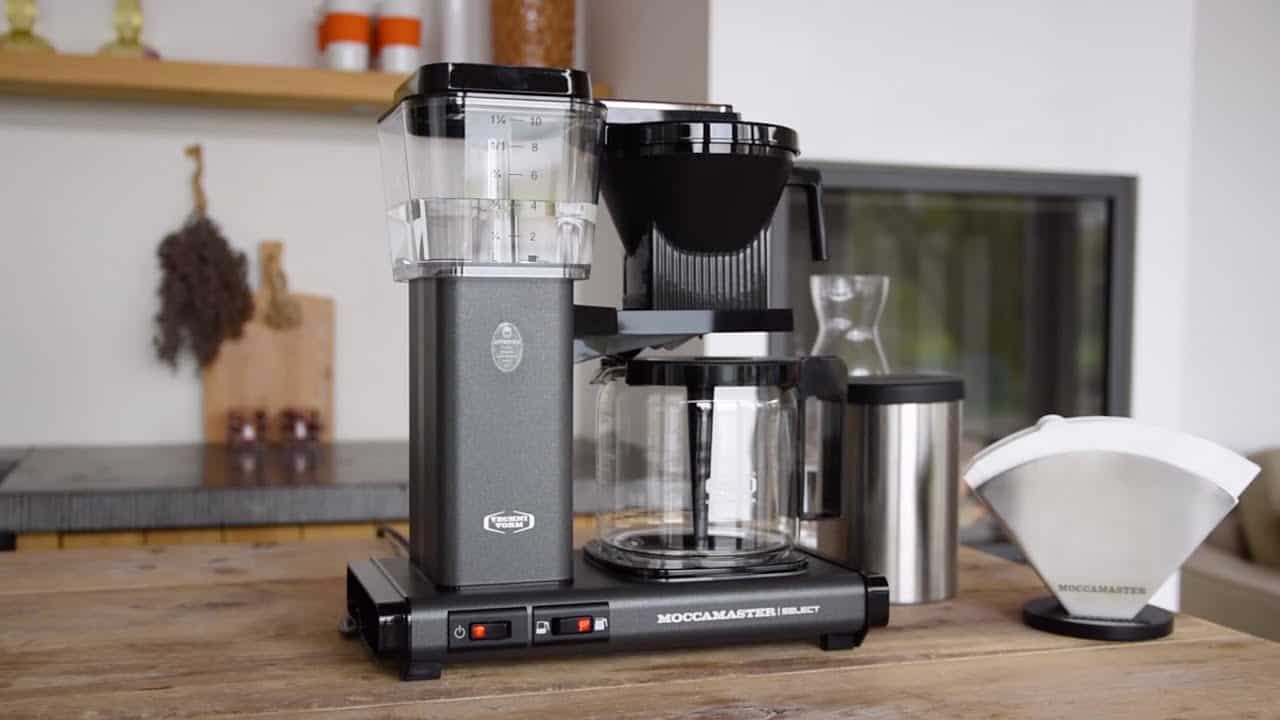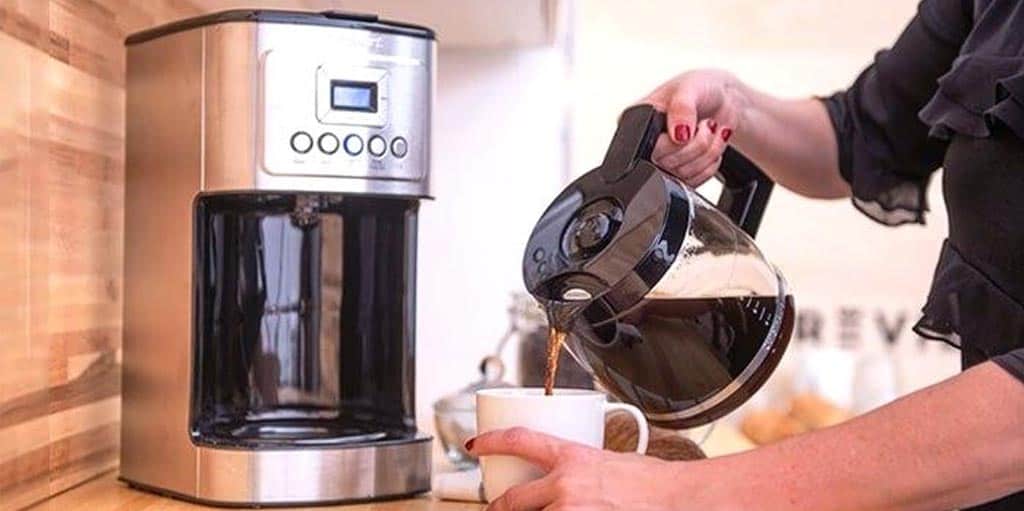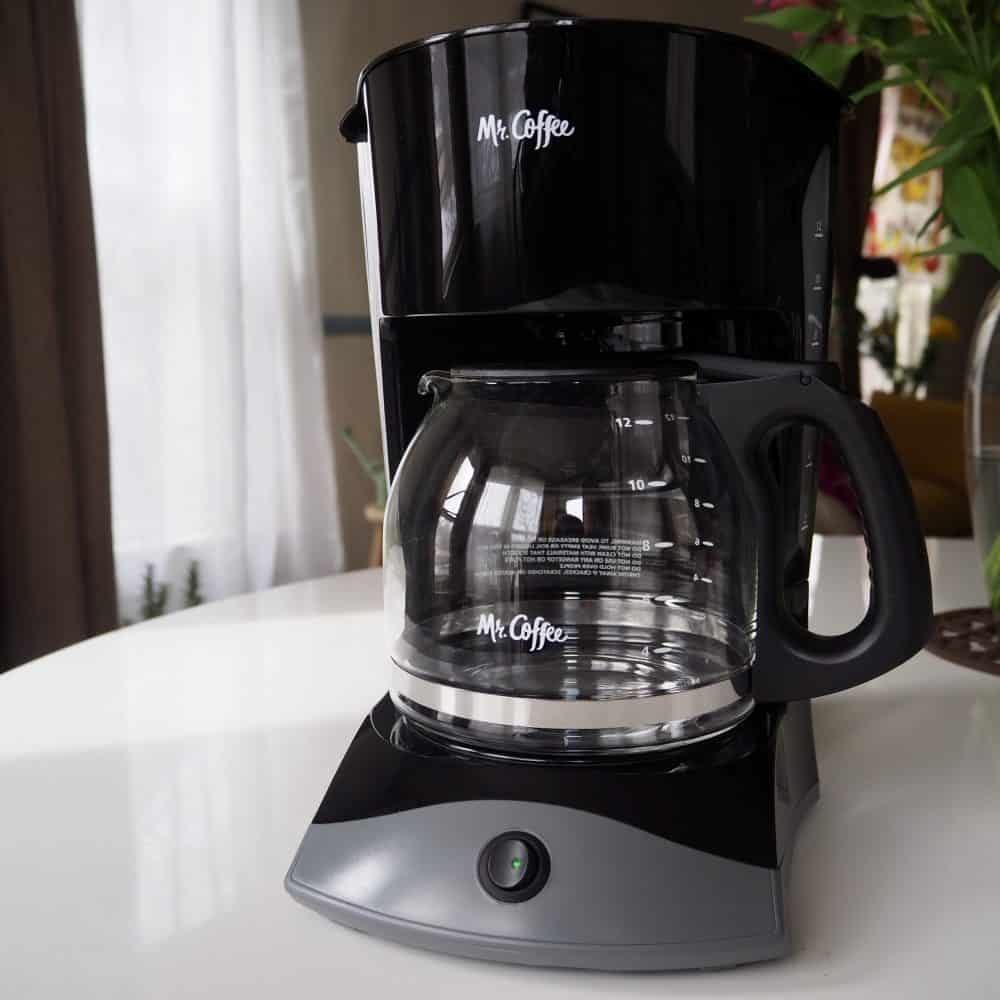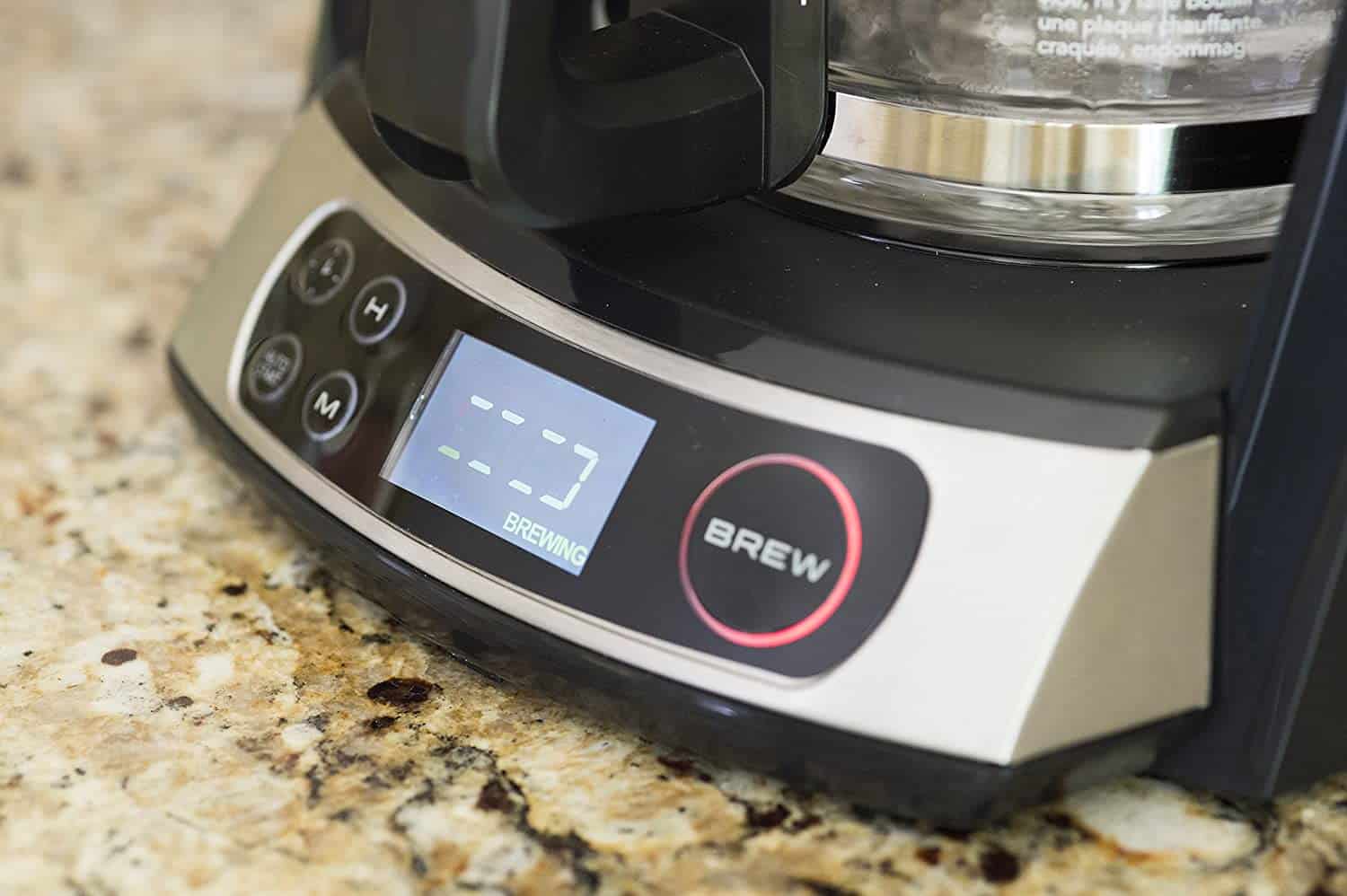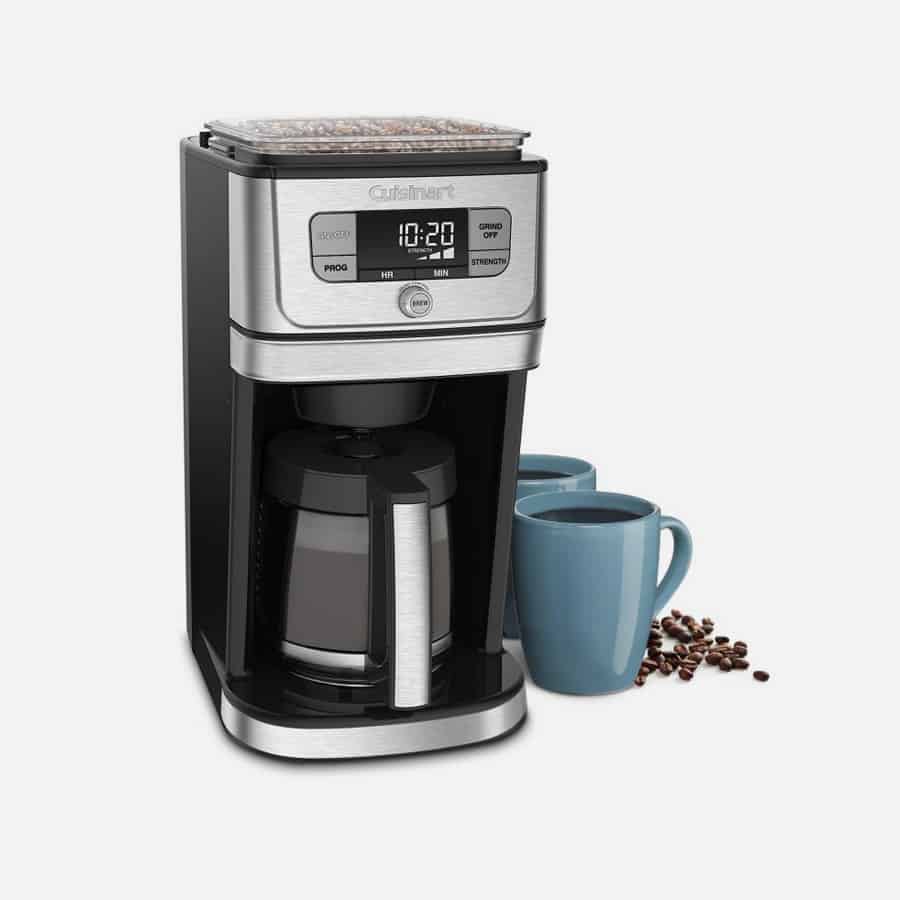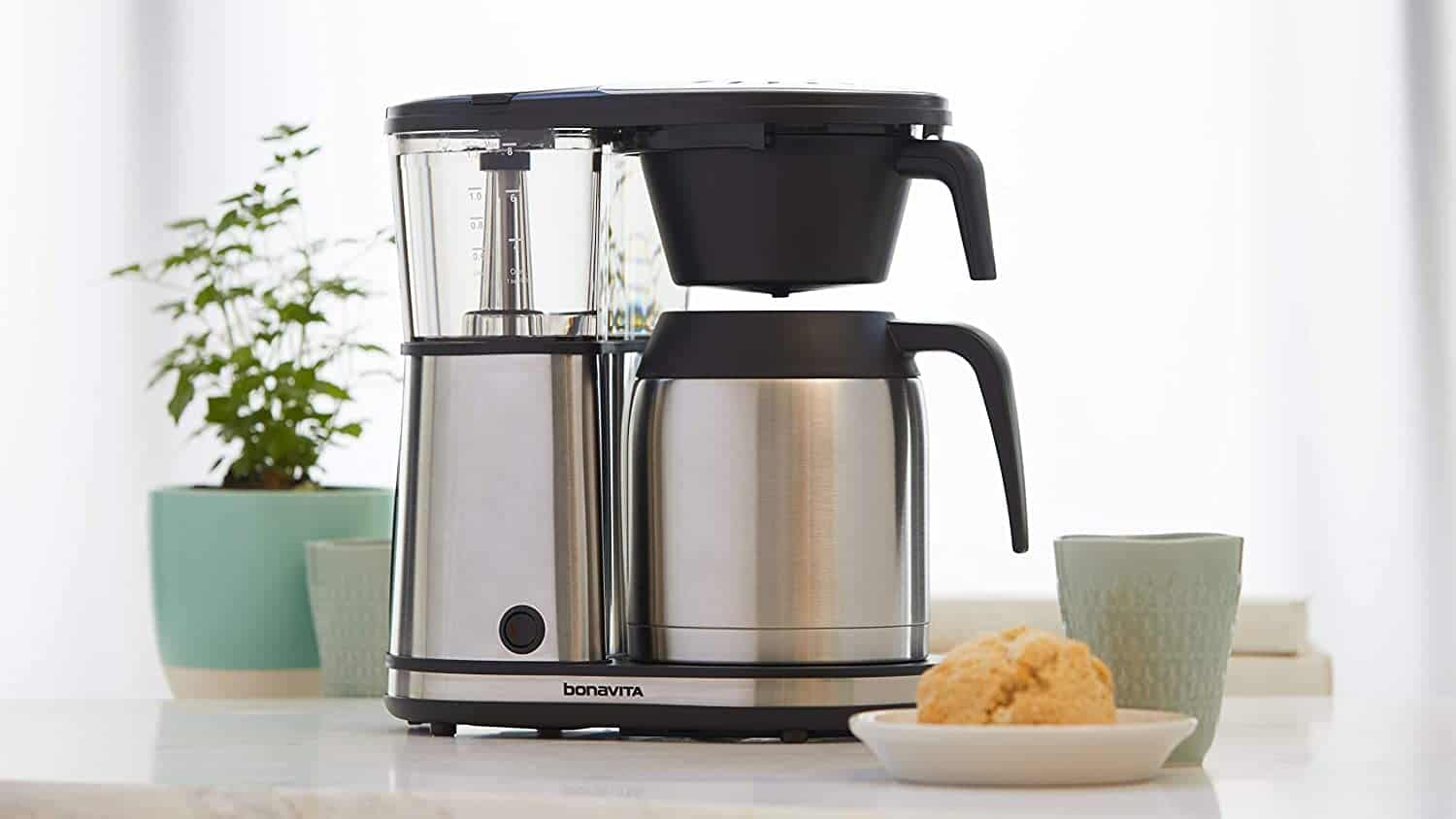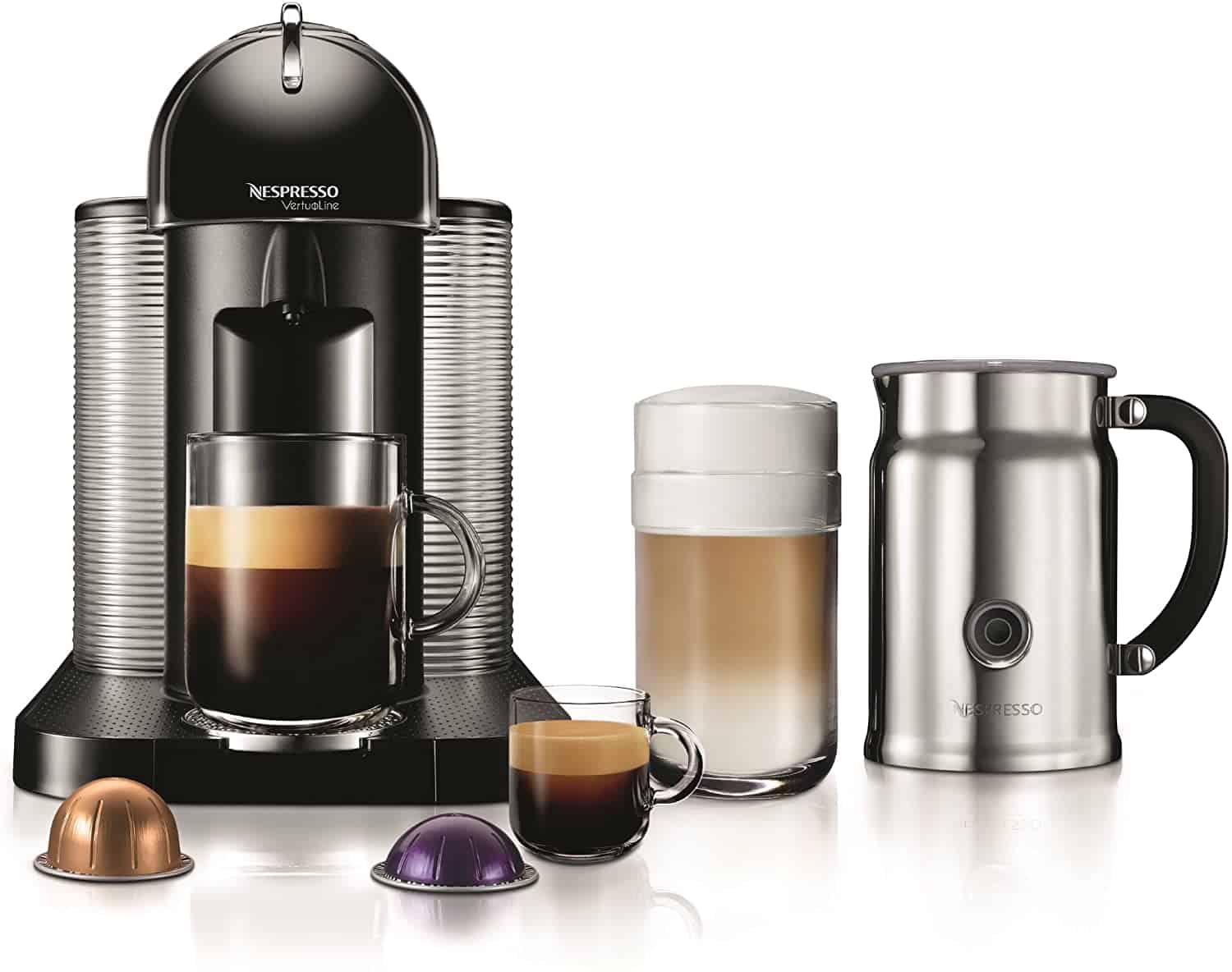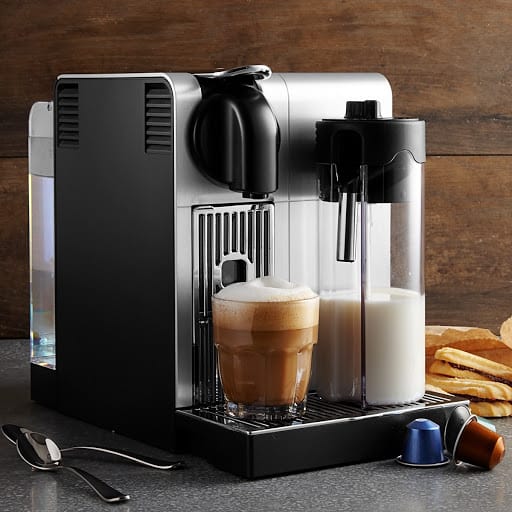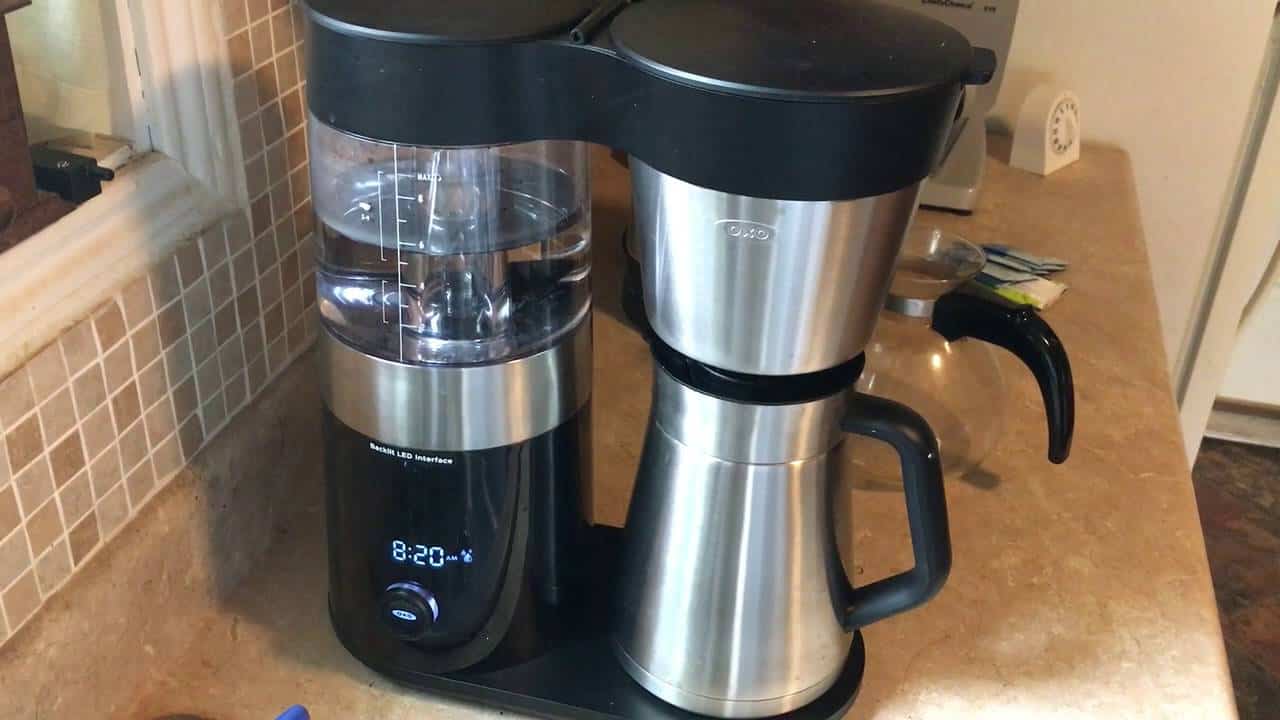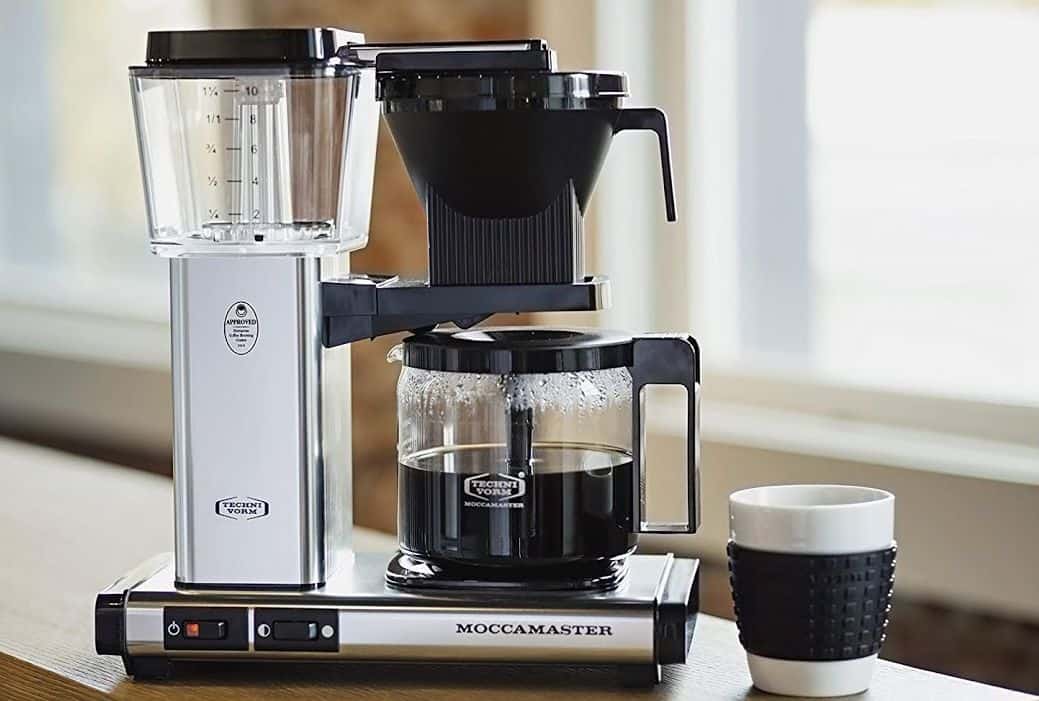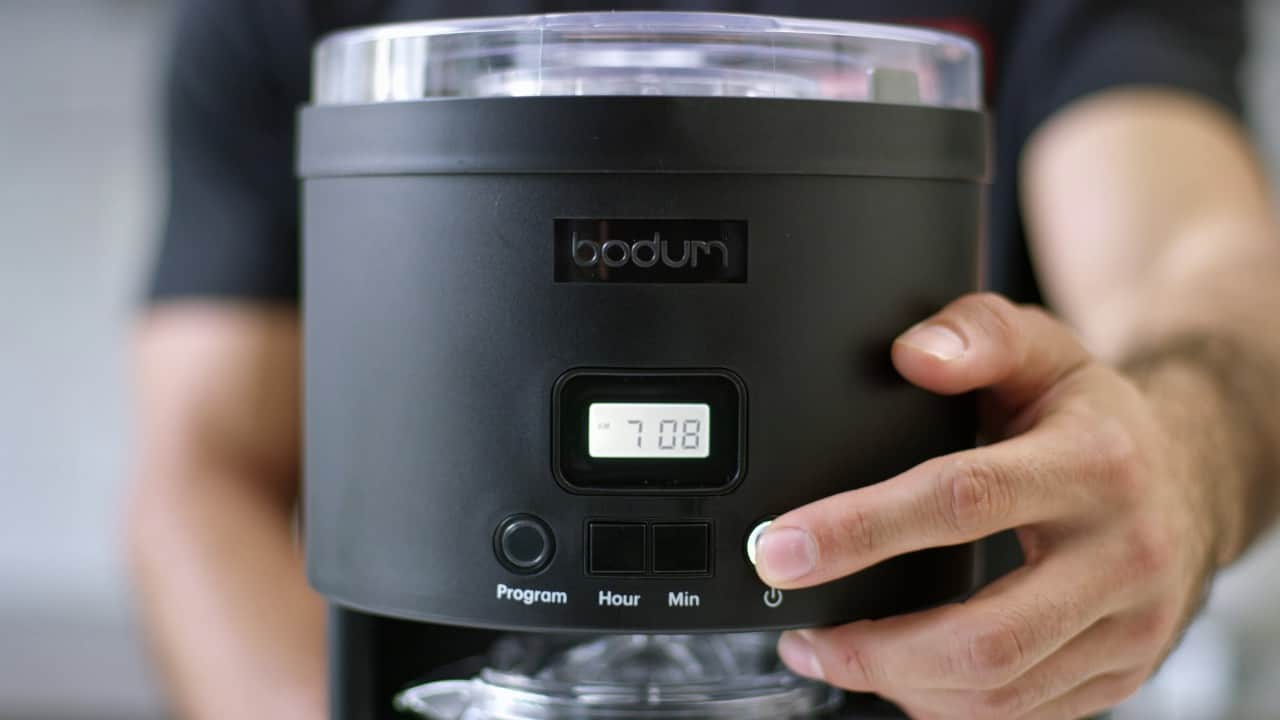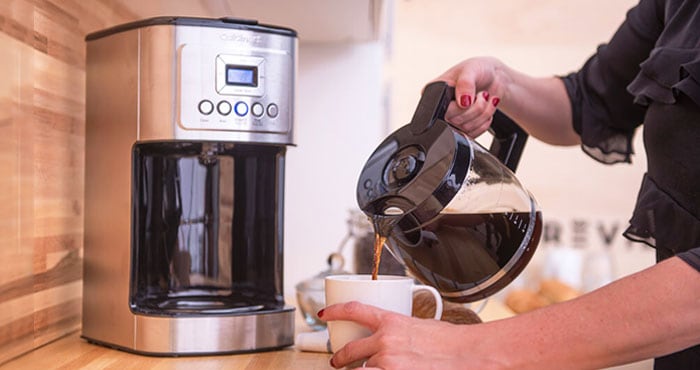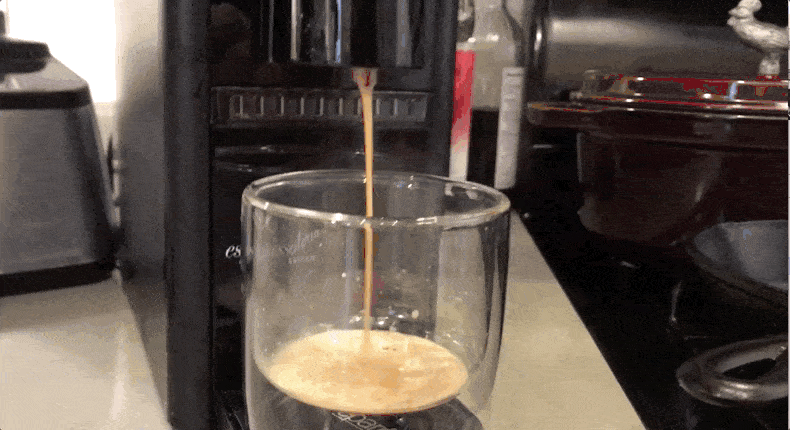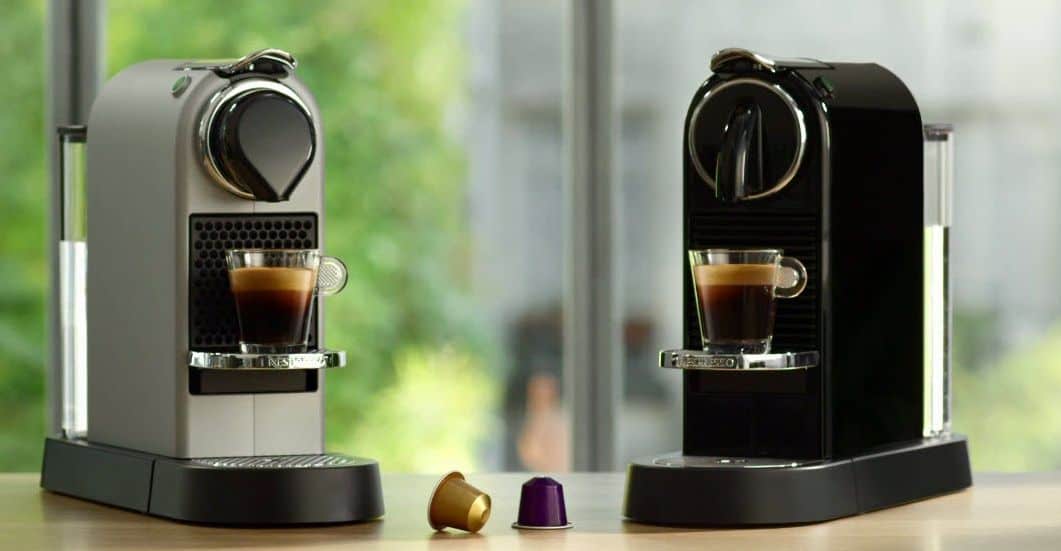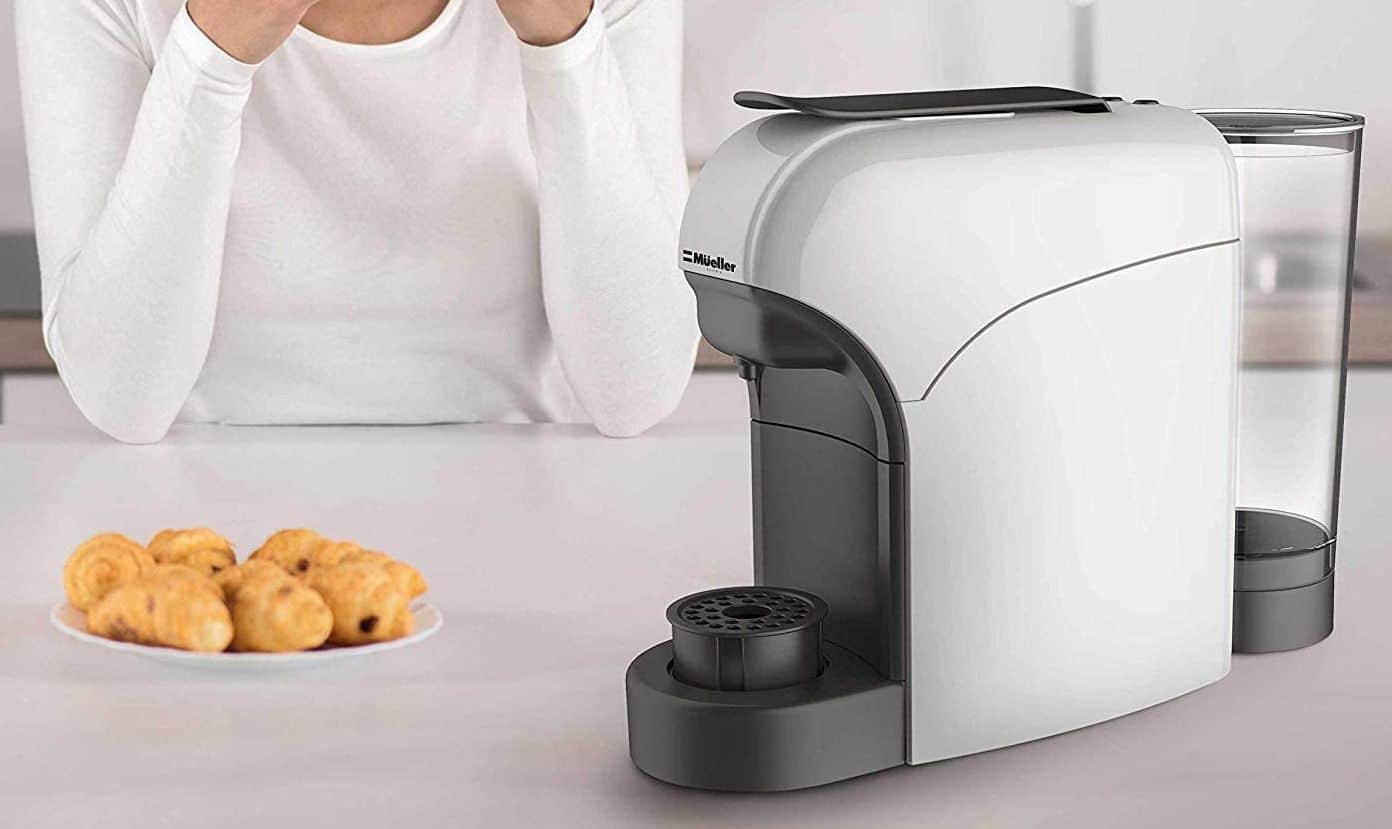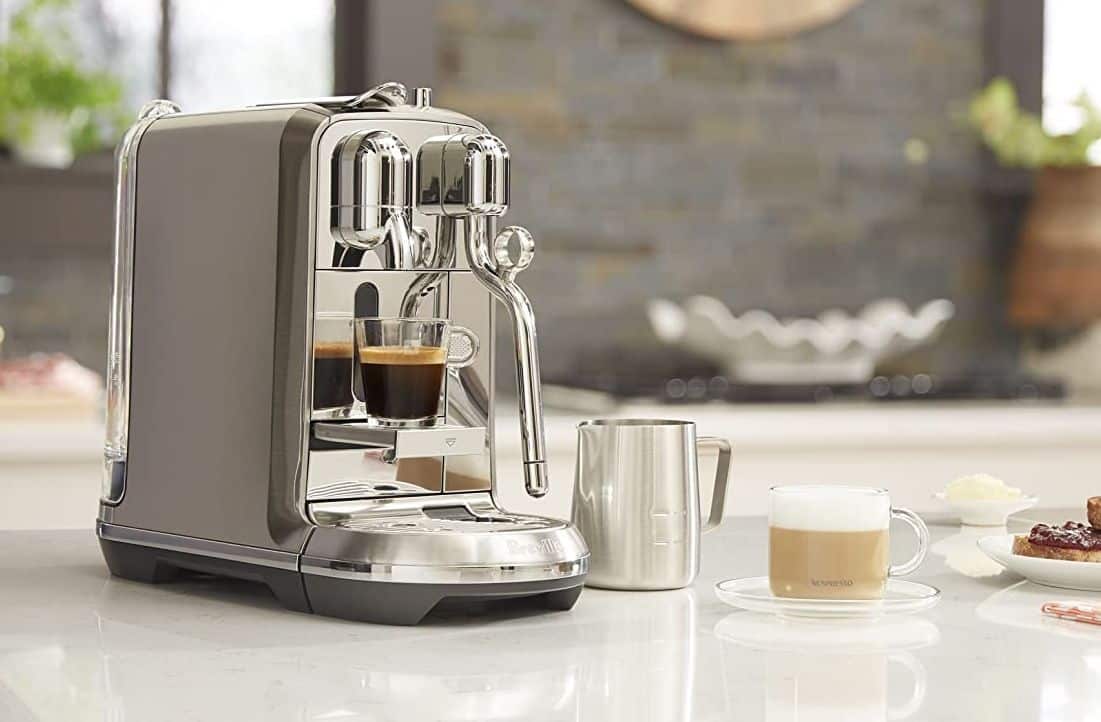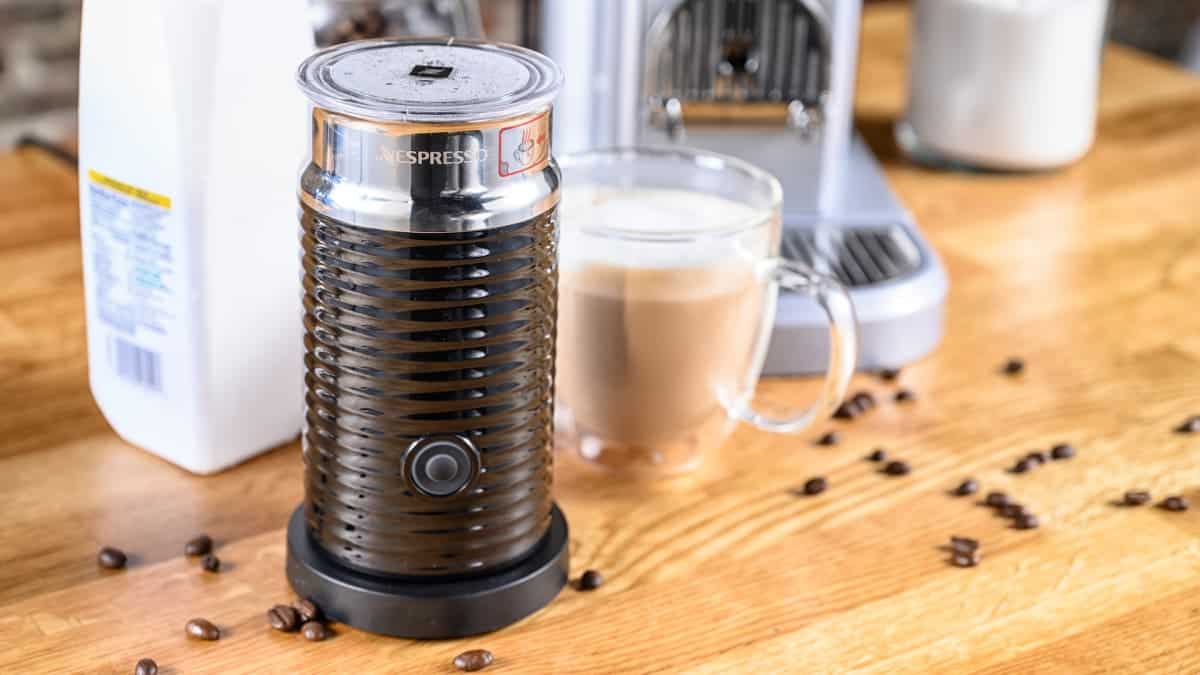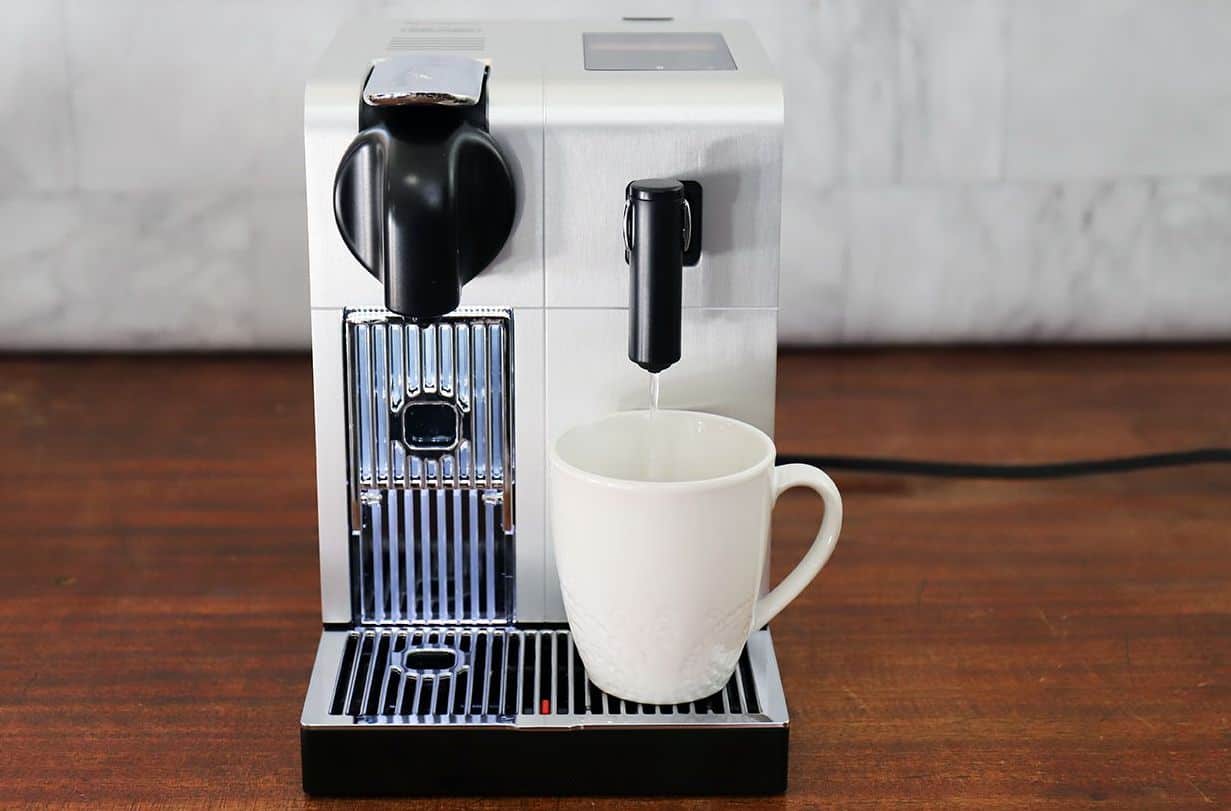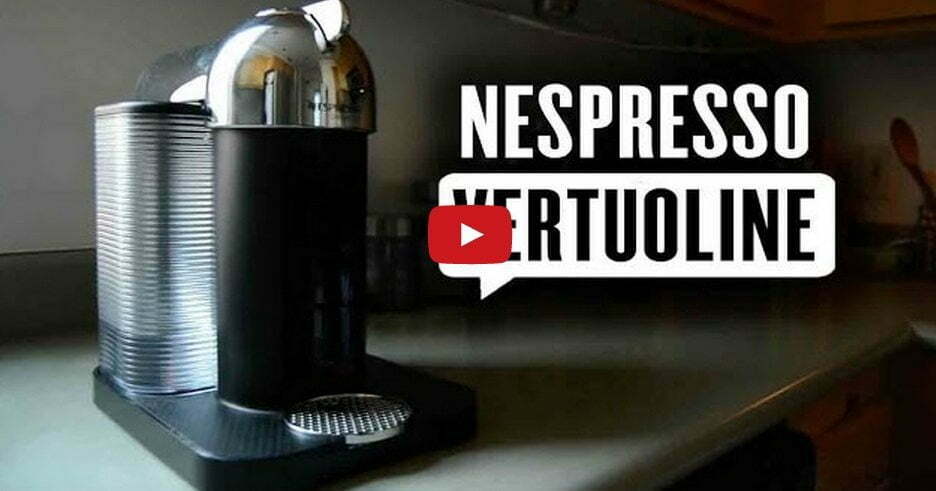If you’re new to the coffee world, you probably have seen the debate about drip coffee vs an espresso maker. The two drinks differ greatly in grind coarseness, flavor, caffeine content, and brewing method. Espresso features higher caffeine content and darker roasts, but coffee machines brew your morning cup through gravity when you want it. Because of personal preferences, you ought to try both before picking the best coffee maker for you. Similarly, consider exploring a drip vs a siphon coffee maker.
KEY TAKEAWAYS:
- The fine coffee grounds used in espresso-making feature rich and dark flavors, and you can easily make other types of drinks using your shot of espresso.
- Drip coffee takes longer to brew but offers high saturation of light roasts and higher acidity.
- You may want to adjust your grind coarseness if you dislike your coffee’s flavor or try another roast entirely.
Difference Between Espresso Machines and Drip Coffee
Coffee drinkers have debated whether drip coffee, also called filter coffee, or espresso tastes better. These arguments center on the coarseness and extraction from the coffee bean grounds, the depth of flavor, brewing methods, and caffeine content. In some cases, you may like one and not the other.
For example, espresso typically has a darker, richer flavor that you can easily combine with milk to make other drinks. On the other hand, drip coffee ensures greater acidity and light roasts. So, when you consider buying a coffee machine, you may want to think about the differences between a drip coffee maker vs a single cup.
Coarseness
You require a finer grind for the espresso-making process since the espresso machine pushes hot water through the coffee ground puck. If you try to use finely ground coffee beans with a drip coffee maker, you risk adding a hollow and bitter taste to your cup of drip coffee.
Insider Tip
Espresso takes about 30 seconds to make compared to drip coffee’s ten-minute brew time.
Regular drip coffee machines require a medium grind size, though you can adjust as you need to. However, because of the speed at which water passes through the grounds in an espresso machine, medium grinds would result in a bland, under-extracted cup of coffee.
Flavor Extraction
In general, espresso features a darker and richer flavor. However, the intense flavor of more robust coffee remains necessary for mixing with milk for other espresso drinks, such as cappuccinos and lattes.
Filter coffee relies on lighter roasts with greater acidity and bright roasts, and these roasts enhance the characteristics of their origins. As a result, the pot of coffee produced using these beans and methods also has stronger qualities than other drinks. If you feel your brew is too acidic, consider setting your grinder to a slightly finer grind.
Brewing Methods
Drip coffee makers use a reservoir of water for the coffee-making process. When you start a brew cycle, the device removes the proper amount of water and heats it. Once it reaches the desired temperature, the grounds become exposed to the water, saturating them using gravity instead of pressure. As a result, the flavor is extracted in up to ten minutes of brewing time.
Espresso products brew and pour their shots in about 30 seconds. Like coffee machines, these devices use heated water to create your cup of coffee. The water pumps through the fine grounds at high pressure, so less water exposure occurs, but you get a much higher flavor extraction.
Caffeine Contents
Espresso overall includes a higher concentration of caffeine, with the total measuring between 375-520 mg per 225 ml. However, your espresso shot roughly contains 63 mg of caffeine due to the smaller size of the brew for this model. Of course, you shouldn’t drink 225 ml of espresso or coffee since moderation remains crucial to health.
Meanwhile, drip coffee has about 95-165 mg per 225 ml cup of coffee. However, the lower cost drip option also makes less than 225 ml, so the caffeine included in an eight oz. cup of regular coffee measures at 95 mg.
Warning
If you make fine grounds for a drip coffee machine, you may end up with a hollow and bitter flavor, so you may want to stick to a medium grind.
F.A.Q.S
Can different brewing methods impact our caffeine consumption?
Yes, the espresso method extracts more caffeine than stovetop espresso, cold brew, French press, and pour-over processes.
Does drip or French press have more caffeine?
Coffee brewed using a French press typically contains more caffeine than drip coffee.
Are steamed milk and frothed milk different?
Yes, frothed milk has more air because the wand’s tip is kept closer to the top of the milk. However, both use the steam wand on an espresso machine.
STAT: Espresso coffee machines use a fine, powder-like grind of coffee while coffee makers use a coarse, thick grind. (source)
REFERENCES:
- https://www.usa.philips.com/c-e/ho/cooking/cooking-tips/espresso-vs-coffee-whats-the-difference.html
- https://www.homegrounds.co/coffee-grind-chart/
- https://www.nespresso.com/au/en/news/coffee-machine-vs-espresso-machiner
- https://prima-coffee.com/learn/article/espresso/espresso-101-how-do-i-get-started-espresso/33055
- https://stories.starbucks.com/stories/2016/espresso-vs-brewed-coffee/

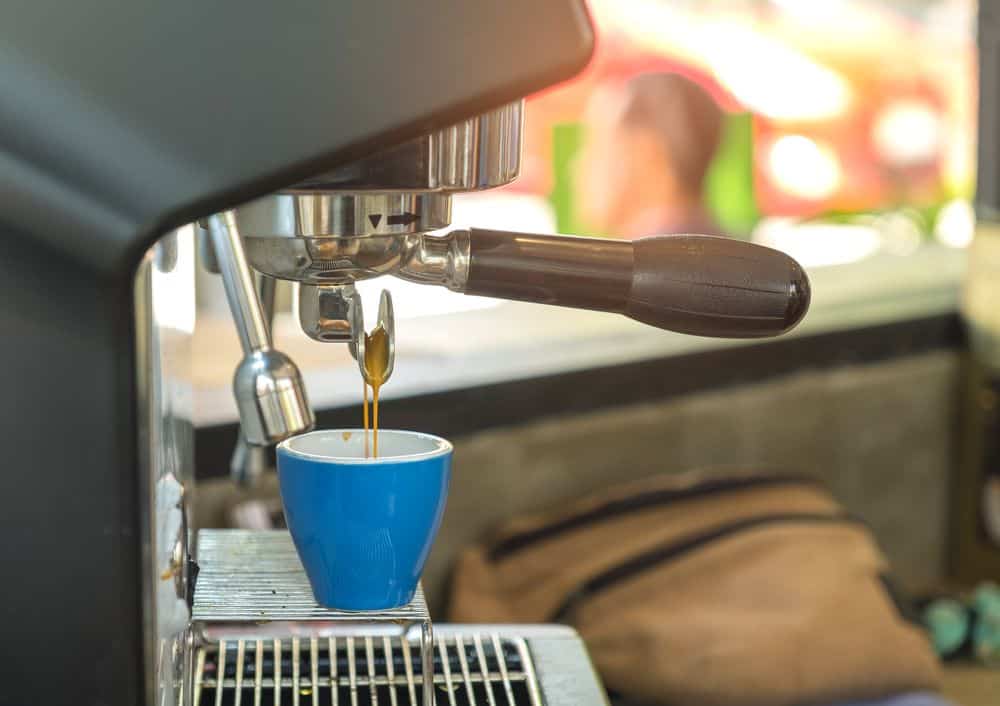













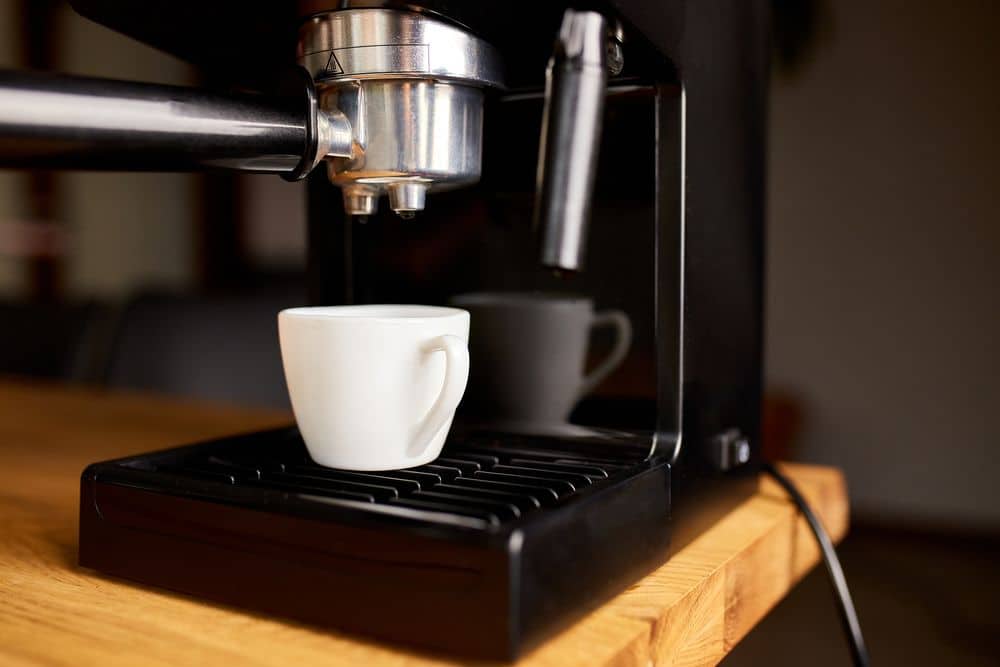
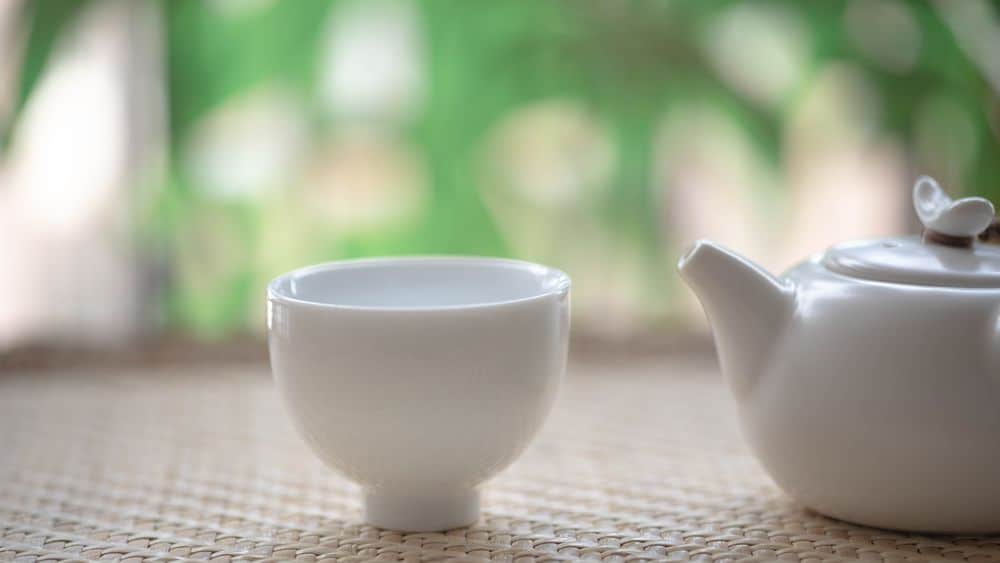
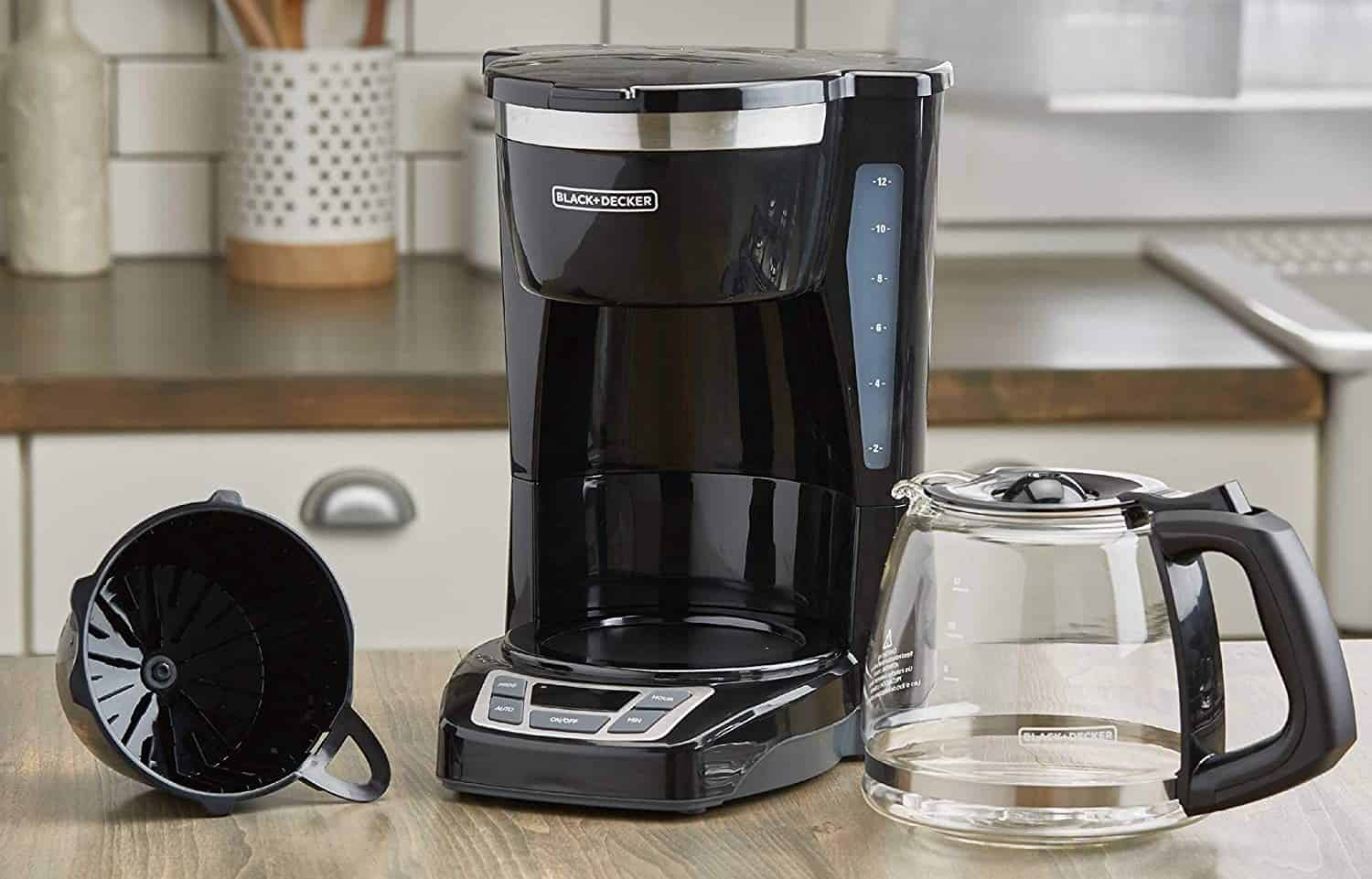
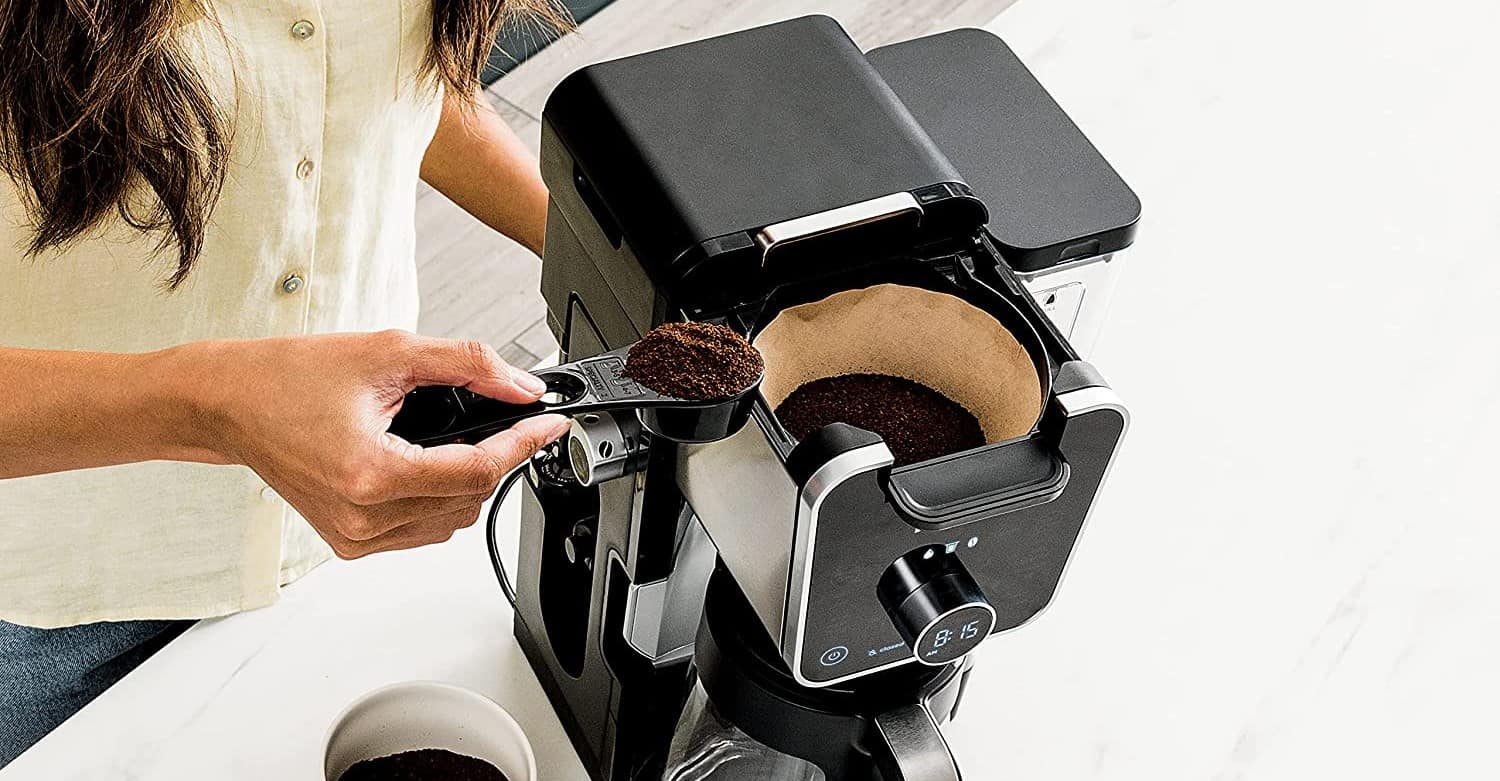
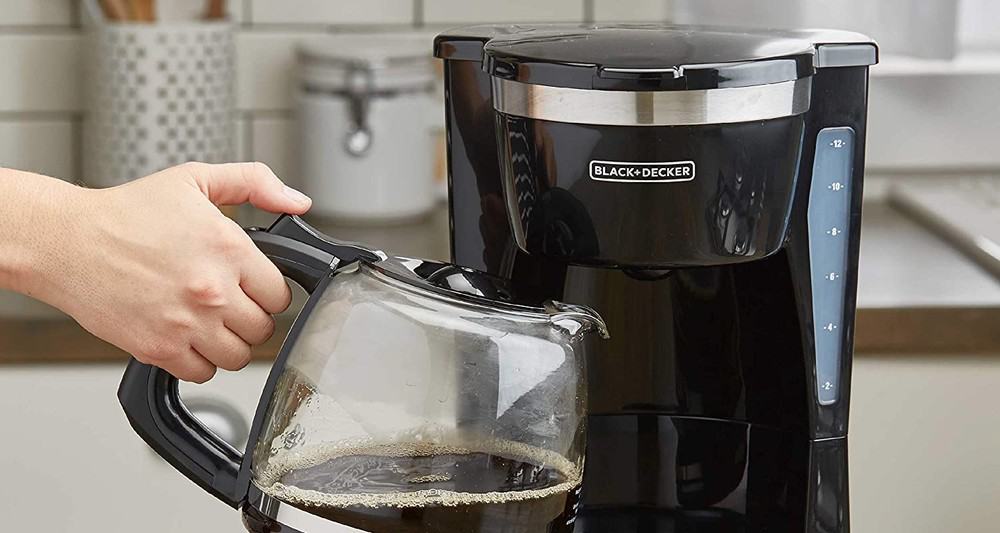
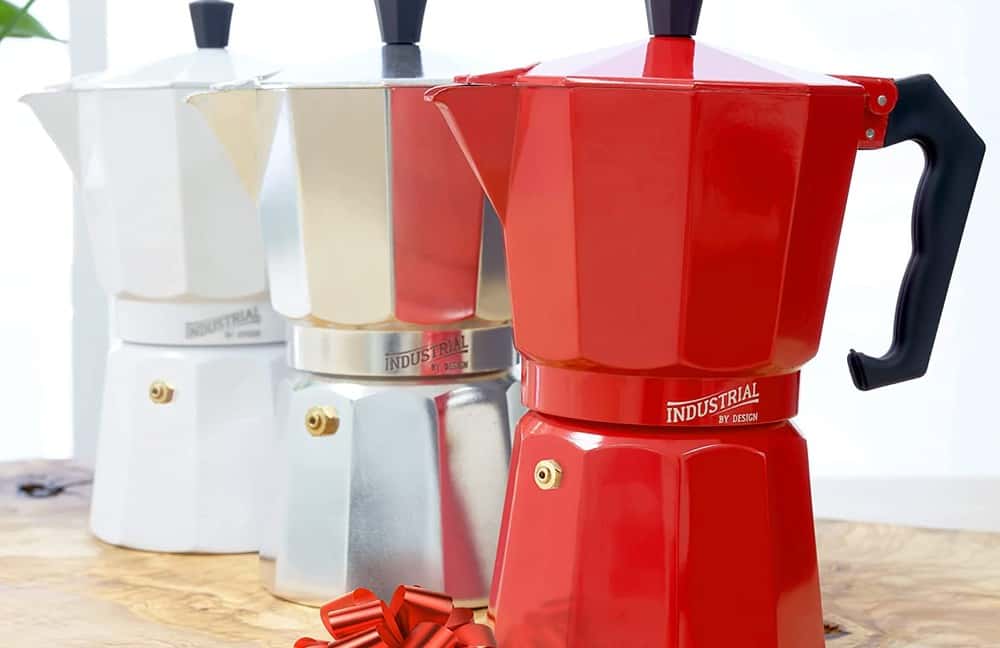
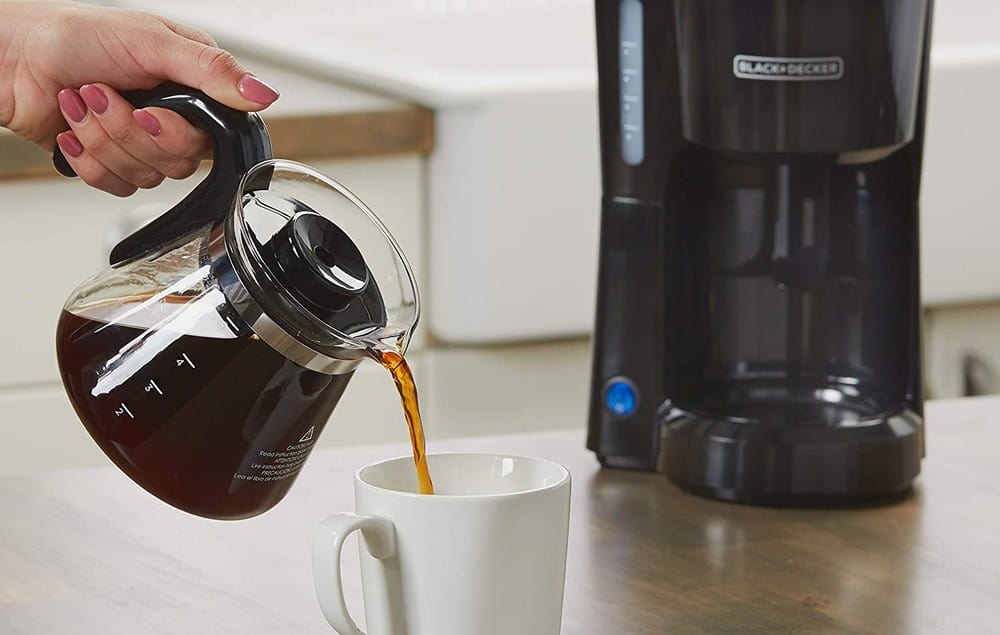
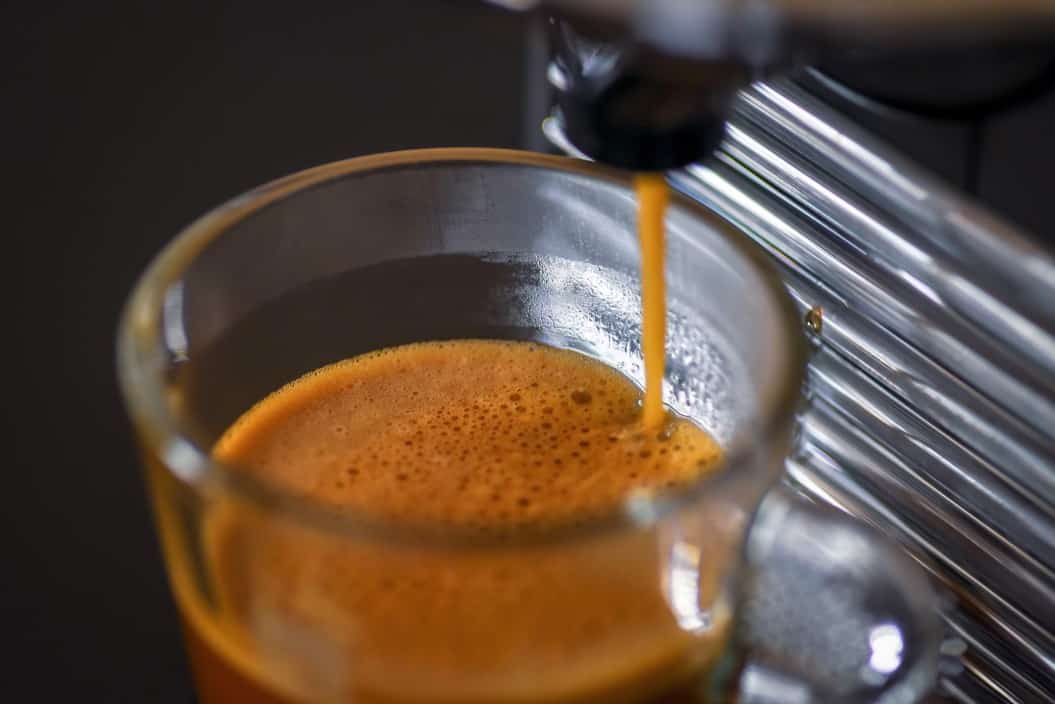
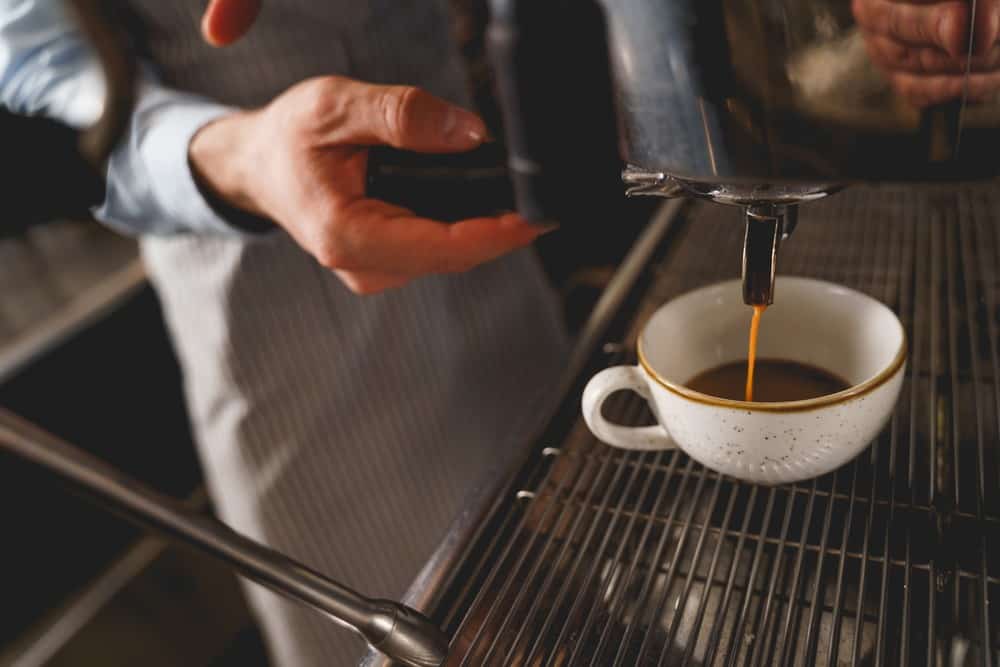
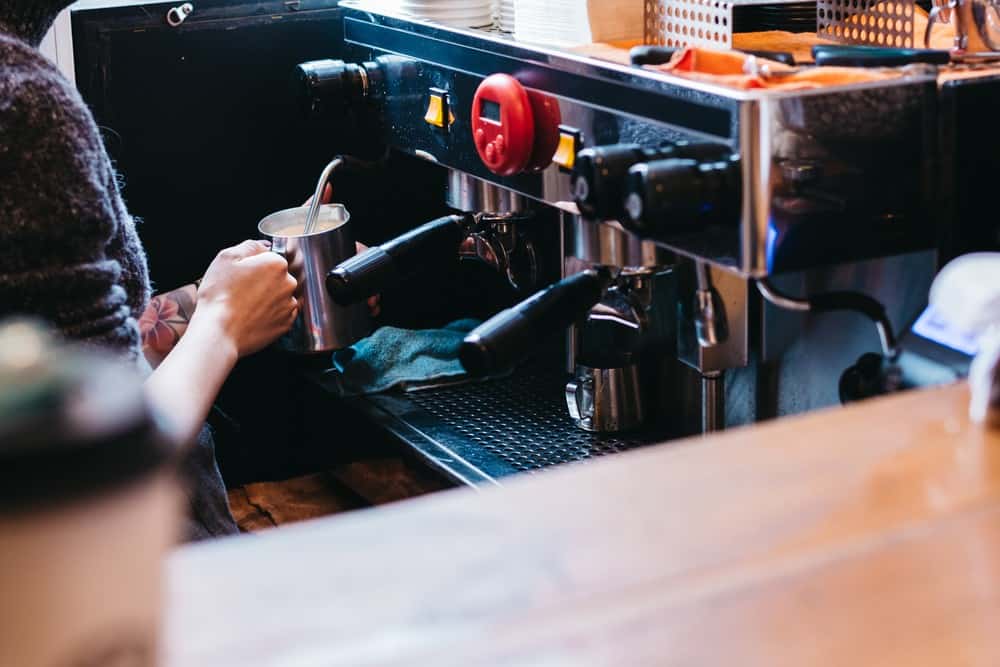
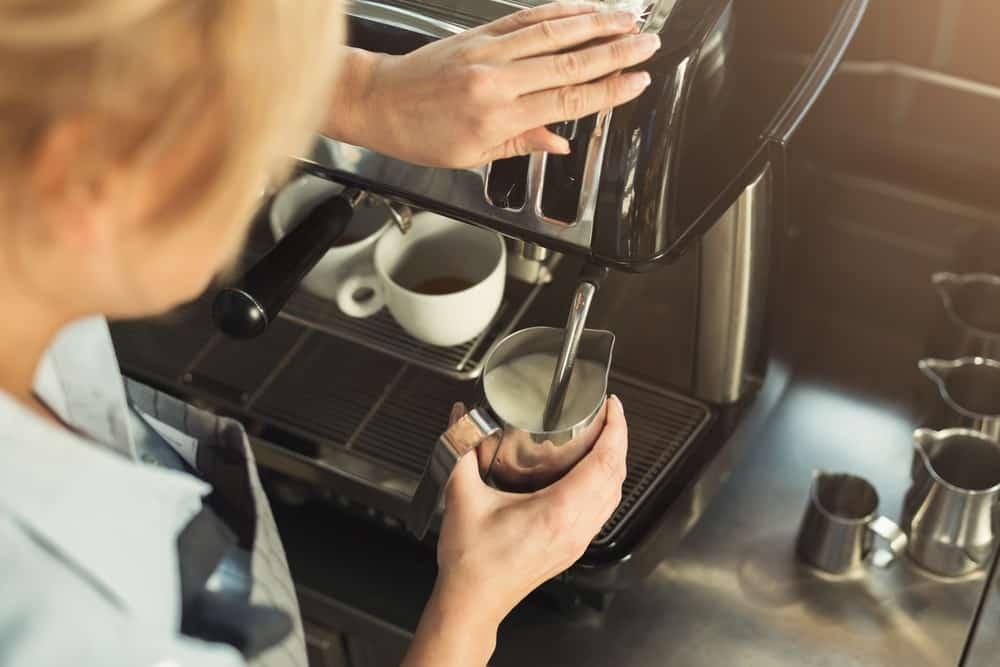
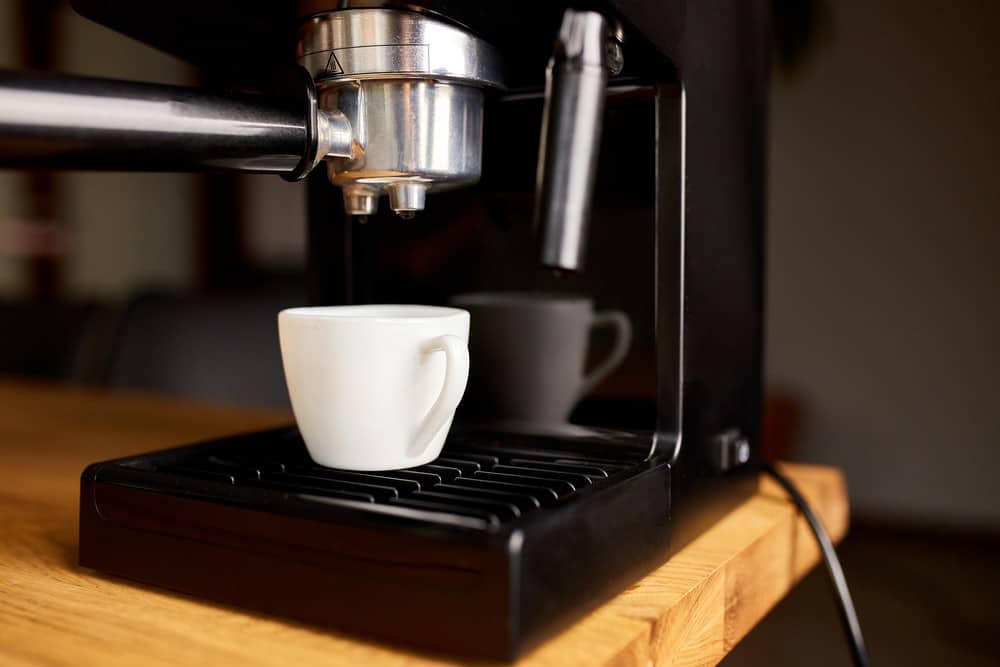
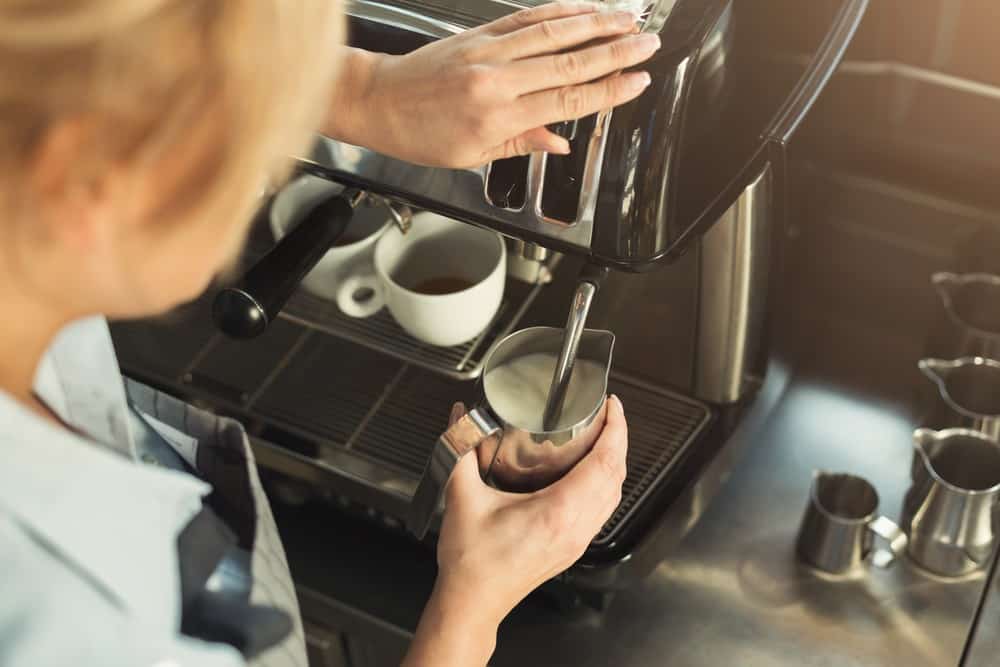
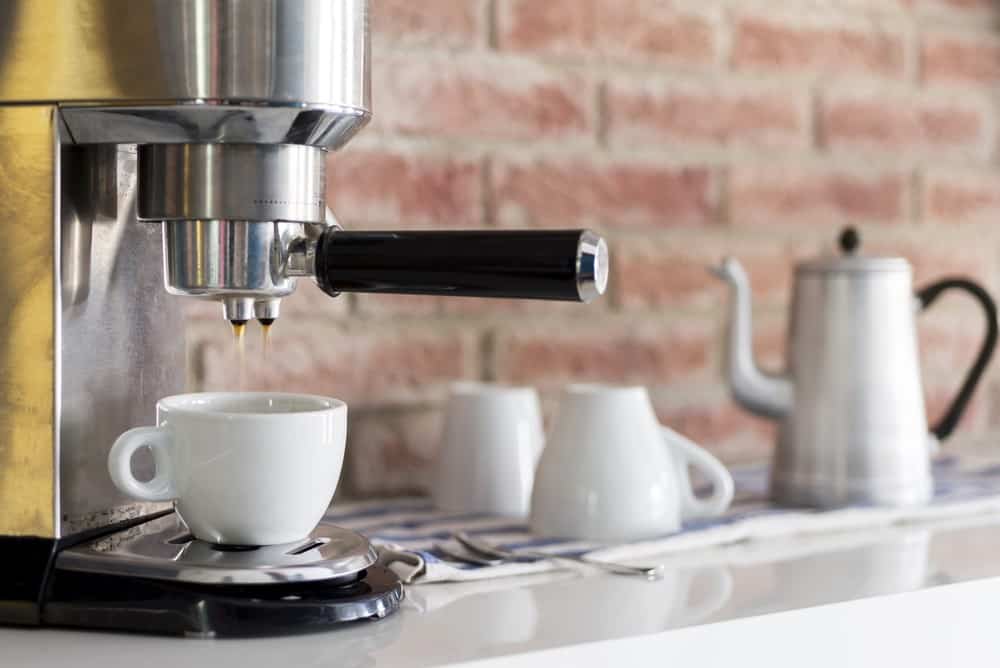
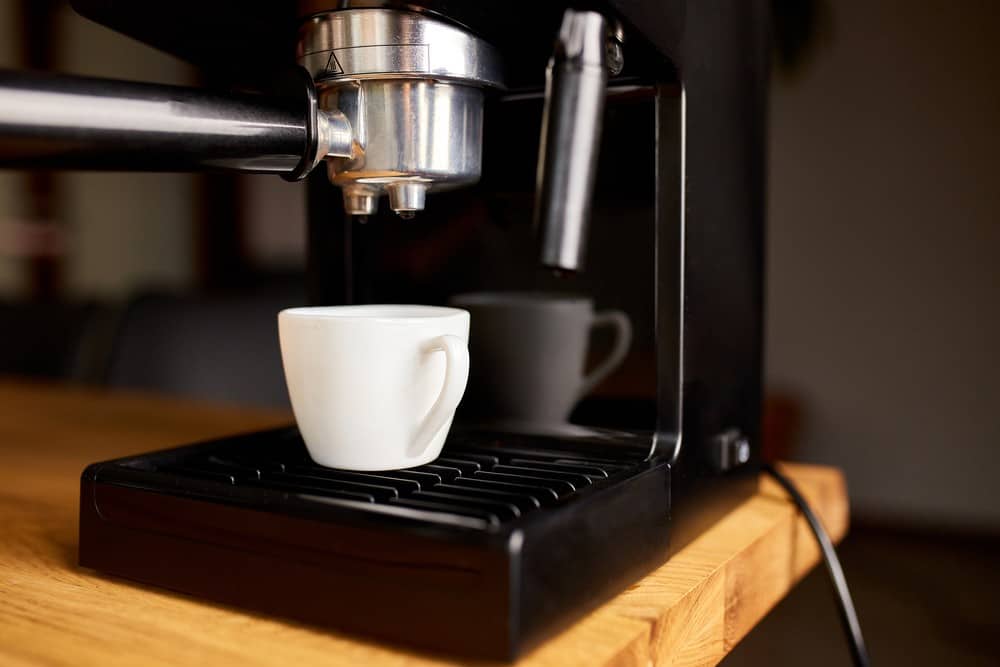
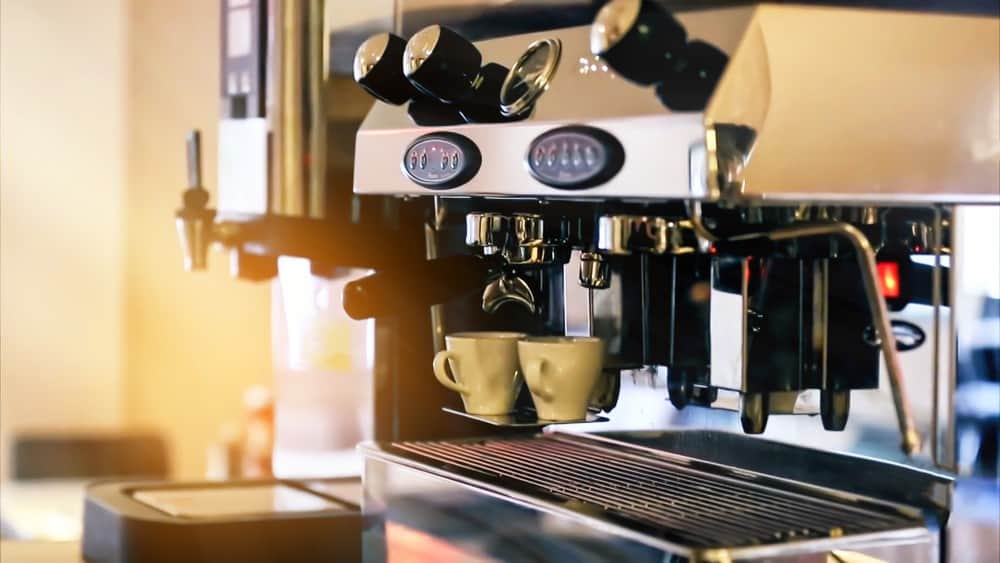
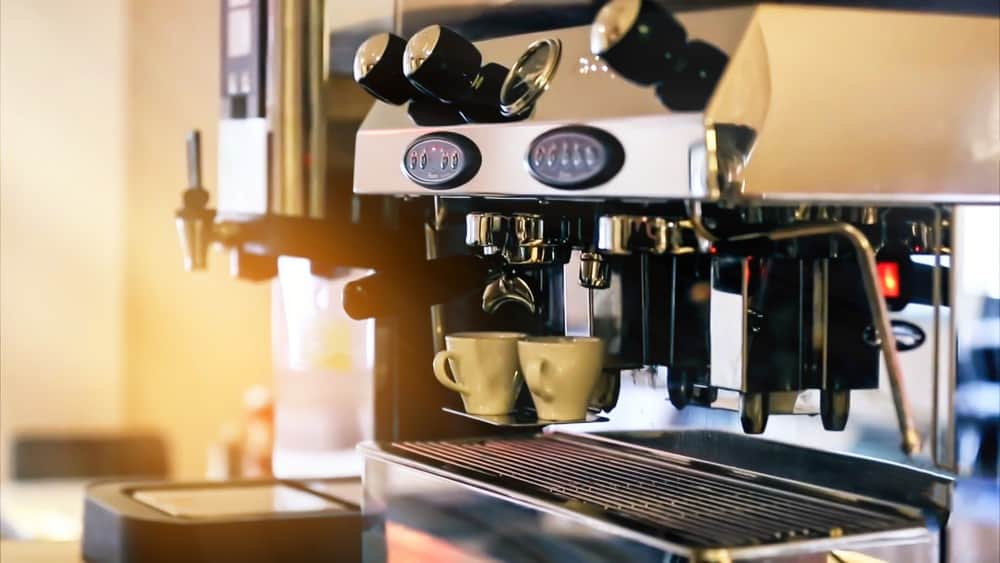
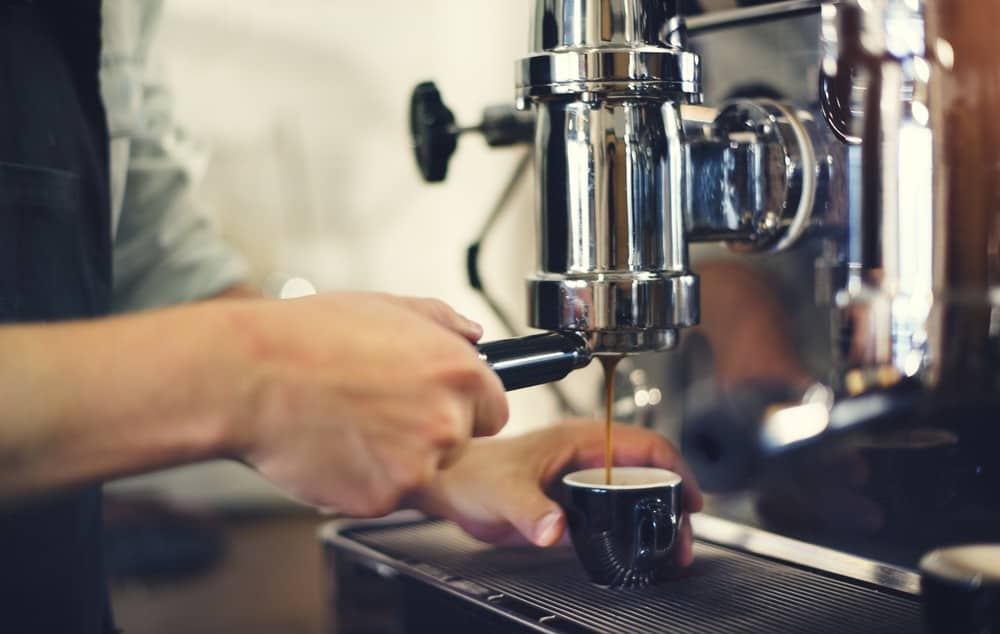
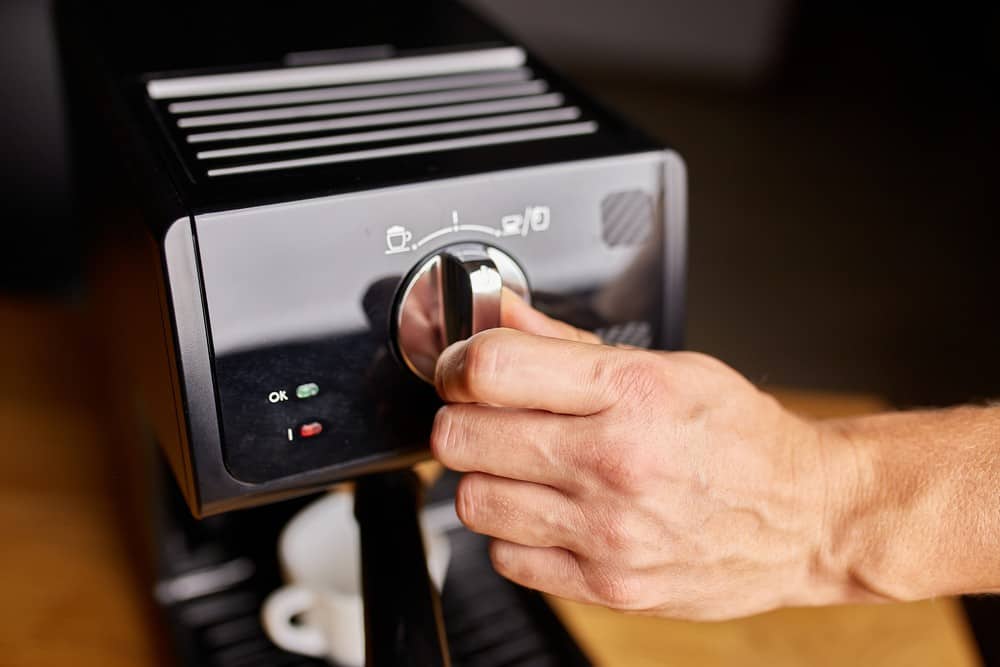
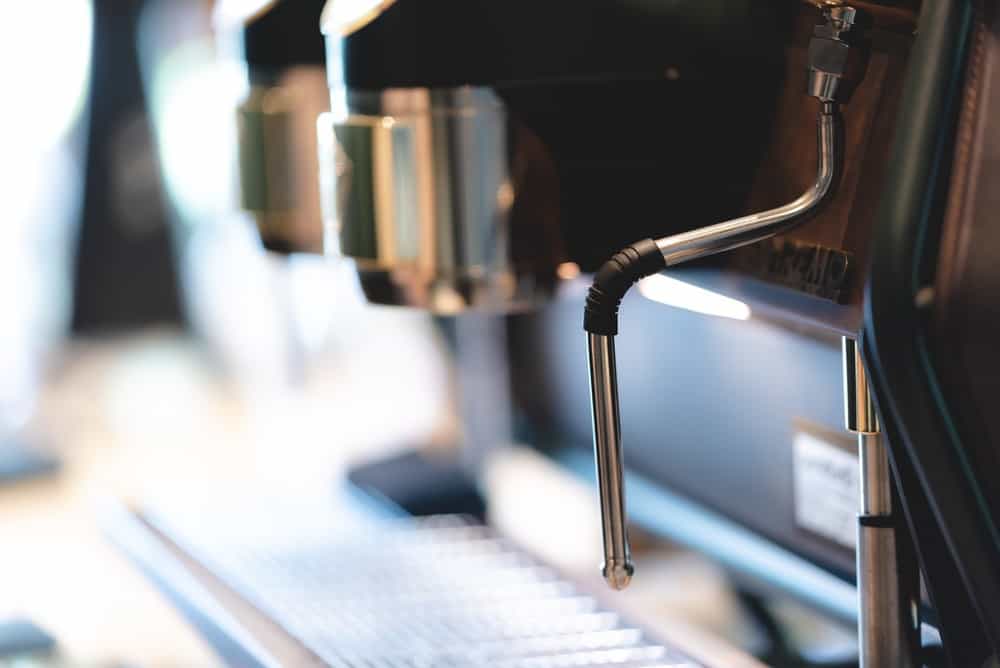
![Best Keurig Alternatives in [year] 27 Best Keurig Alternatives in 2026](https://www.gadgetreview.dev/wp-content/uploads/best-keurig-alternative-image.jpg)
![Best Semi Automatic Espresso Machines in [year] 28 Best Semi Automatic Espresso Machines in 2026](https://www.gadgetreview.dev/wp-content/uploads/best-semi-automatic-espresso-machine-image.jpg)
![Best Coffee and Espresso Makers in [year] 29 Best Coffee and Espresso Makers in 2026](https://www.gadgetreview.dev/wp-content/uploads/best-coffee-and-espresso-maker-image.jpg)
![Best Kitchen Appliances in [year] ([month] Reviews) 30 Best Kitchen Appliances in 2026 (January Reviews)](https://www.gadgetreview.dev/wp-content/uploads/best-kitchen-appliances.jpg)
![Quietest Coffee Makers in [year] 31 Quietest Coffee Makers in 2026](https://www.gadgetreview.dev/wp-content/uploads/quietest-coffee-maker-image.jpg)
![Best Prosumer Espresso Machines in [year] 32 Best Prosumer Espresso Machines in 2026](https://www.gadgetreview.dev/wp-content/uploads/71ytF6efAlL._AC_SL1500_.jpg)
![Best Single Serve Coffee Maker No Pods in [year] 33 Best Single Serve Coffee Maker No Pods in 2026](https://www.gadgetreview.dev/wp-content/uploads/best-k-pod-coffee-image-1.jpg)
![Best Coffee Makers for Hard Water in [year] 34 Best Coffee Makers for Hard Water in 2026](https://www.gadgetreview.dev/wp-content/uploads/best-coffee-maker-for-hard-water-image.jpg)
![Best Dual Boiler Espresso Machines in [year] 35 Best Dual Boiler Espresso Machines in 2026](https://www.gadgetreview.dev/wp-content/uploads/best-dual-boiler-espresso-machine-image.jpg)
![Best Coffee Makers for RV in [year] 36 Best Coffee Makers for RV in 2026](https://www.gadgetreview.dev/wp-content/uploads/best-coffee-maker-for-rv-image.jpg)
![Best Ninja Coffee Makers in [year] 37 Best Ninja Coffee Makers in 2026](https://www.gadgetreview.dev/wp-content/uploads/best-ninja-coffee-maker-image.jpg)
![Best Breville Espresso Machines in [year] 38 Best Breville Espresso Machines in 2026](https://www.gadgetreview.dev/wp-content/uploads/best-breville-espresso-machine-image.jpg)
![Best 5 Cup Coffee Makers in [year] 39 Best 5 Cup Coffee Makers in 2026](https://www.gadgetreview.dev/wp-content/uploads/best-5-cup-coffee-maker-image.jpg)
![Best Commercial Coffee Makers in [year] 40 Best Commercial Coffee Makers in 2026](https://www.gadgetreview.dev/wp-content/uploads/best-commercial-coffee-maker-image.jpg)
![Best Commercial Espresso Machine for a Small Coffee Shop in [year] 41 Best Commercial Espresso Machine for a Small Coffee Shop in 2026](https://www.gadgetreview.dev/wp-content/uploads/best-commercial-espresso-machine-small-coffee-shop-image.jpg)
![Best Coffee for Moka Pot in [year] 42 Best Coffee for Moka Pot in 2026](https://www.gadgetreview.dev/wp-content/uploads/best-coffee-for-moka-pot-image.jpg)
![Best USA Made Coffee Makers in [year] 43 Best USA Made Coffee Makers in 2026](https://www.gadgetreview.dev/wp-content/uploads/best-usa-made-coffee-makers-image.jpg)
![Fastest Coffee Makers in [year] 44 Fastest Coffee Makers in 2026](https://www.gadgetreview.dev/wp-content/uploads/fastest-coffee-maker-image.jpg)
![Best SCAA Certified Coffee Makers in [year] 45 Best SCAA Certified Coffee Makers in 2026](https://www.gadgetreview.dev/wp-content/uploads/best-scaa-certified-coffee-maker-image.jpg)
![Best Smart Coffee Makers in [year] 46 Best Smart Coffee Makers in 2026](https://www.gadgetreview.dev/wp-content/uploads/best-smart-coffee-maker-image.jpg)
